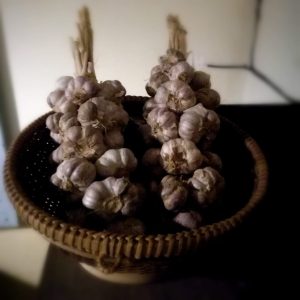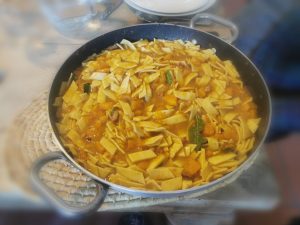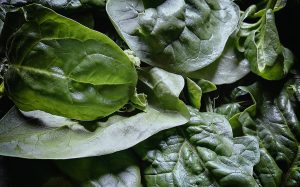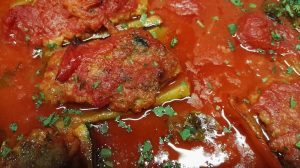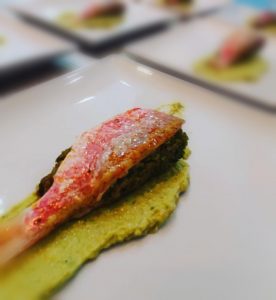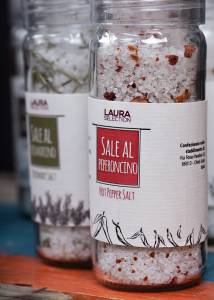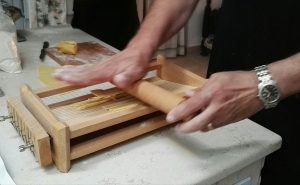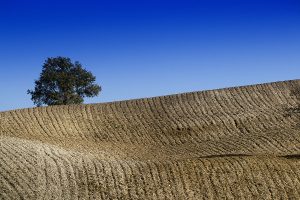We can enjoy Chestnuts during the fall and the winter! In the Middleage they were considered aphrodisiac and were left to macerate or boil in wine. Chustnuts are very versatile and can be eaten dried, boiled, roasted on the fire or in the oven, in the form of puree, cream ….
They are composed of water, carbohydrates, protein, fat, fiber (very good for the functionality of our intestines). They are also rich in minerals, amino acids and vitamins, including vitamin C (with antioxidant properties).
In 1939 a Royal Decree distinguished between Marroni from Chestnuts:
Marroni – fruit of the cultivated plant, bigger than chestnuts, have more sweet flesh and a heart shape, the film comes off easily and thus is suitable for being sold as a fruit and for recipes that require the entire chestnut fruit such as marron glacé ;
Chestnuts – fruit of wild plants, with a crushed side, medium-sized, dark-skinned, film adherent to the pulp. The chestnut is very tasty and there are several varieties. The smaller varieties are used in the processing (flour) or subjected to drying, for a better conservation.
Did you know..
- Before cooking chestnuts is necessary to cut the peel, so as to prevent “explosion” during cooking.
- If you put the chestnuts to soak in water for about an hour, the “not good” come to the surface and can be removed.
- Gargling with infusion of chestnut leaves is effective in case of inflammation of the throat.
- Chestnuts are Gluten Free and therefore can be consumed by celiac.
- Chestnuts can be kept fresh for two months after keeping them in cold water for about 24 hours.
- Roasted and peeled Chestnuts can be frozen.
Finally, with chestnuts is possible to prepare chestnut flour to make bread, polenta, donuts, pancakes or “necci”, waffles, fresh pasta and cakes …..famous is the Tuscan recipe “castagnaccio toscano”, a cake often accompanied with Fresh Ricotta!

